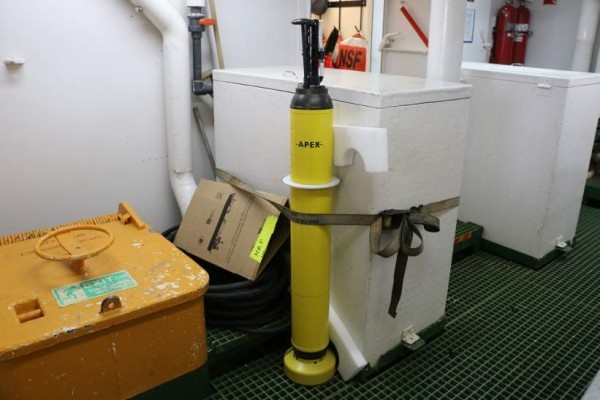We are less than a day away from our first study area on the continental shelf in front of the Dibble Glacier. As we approach Antarctica we are starting our science program with a 4500 meter deep CTD and multibeam acquisition. The CTD is used to determine the conductivity, temperature and depth of the ocean, while the multibeam maps large swaths of the seafloor from the ship.
The main goal of our project is to investigate the continental shelf in front of different glaciers along East Antarctica. We want to find out what the water depths and the water properties are in front of these glaciers and ice streams. Deep troughs and connections between the glaciers and the open ocean could allow “warmer” ocean waters to reach the ice front and result potentially in melting of the ice. We are especially interested to compare the situation in front of different glaciers along East Antarctica to better understand the differences between them. Many of these areas are poorly charted, if at all. So we are all excited to discover what is there!
Follow @FrankatSea for additional updates and images from the Southern Ocean.

